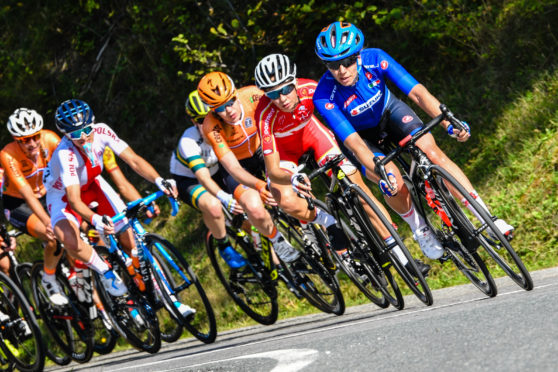I recently worked as a chaperone rider on a big charity event. Sixty riders were pedalling over 200 miles from Westminster Bridge in London to Brussels in two days in 35C heat.
For many of the riders, this was going to be a challenge and it was part of my remit to support and encourage them along the way.
One aspect of the riding that was immediately apparent was that many of the riders had never cycled in a group before, while for those who had, their idea was to form a scattered bunch and ride as hard as possible, meaning that any cohesion within the group was negligible.
Learning to ride as a group is difficult and can take much practice. I remember my own club apprenticeship when older riders told me what I should and shouldn’t do, and if I couldn’t do it I was made to ride at the back, safely out of the way from anyone until I could.
That might seem harsh, but the safety and benefit to the group of having a collective purpose is paramount. I have ridden in disorganised groups on many occasions and found it very nerve-racking as riders make erratic moves, changes of pace and don’t hold their line on the rider in fronts wheel.
To be able to do those things takes confidence and skill that come from lots of practice and being self-critical of your own abilities. If in doubt ask more experienced riders in the group to help you ride more effectively.
So why is riding in a group something worth learning? Well, for a start, when riding as a big group – contrary to what many drivers will tell you – it makes it easier for vehicles to pass safely.
Overtaking vehicles should be passing at least 1.5 metres out from a cyclist, so riders cycling two-abreast is not going to affect how much they need to pull out to overtake. It also means that passing a group of 20 cyclists riding two abreast is going to be easier as the line is half the length than a long line of 20 riders.
Riding in a group is also more economical with individuals energy levels. Those on the front will be working harder than the cyclists behind, so riders can share the burden of riding into the wind and have periods of rest where they can conserve their energy.
Unfortunately it is often the case that the riders on the front don’t consider the riders behind and feel they need to press on hard at the front. This then results in the group splitting, or riders being shelled out the back of the group.
Worse still those riders at the front often fluctuate their speed and riders behind end up using as much energy, slowing and speeding up, as if they were riding alone at a constant pace. This completely defeats the purpose of the bunch and is a case when there should be someone experienced enough in the group to take on the role of regulating the group’s cohesion and safety.
I have been in groups where riders have taken umbrage at my attempts to get an effective group working together and even had comments along the lines of: “Well, if they can’t keep up they should ride by themselves”. For me cycling in a group is one of the great pleasures of road cycling. When done correctly it is safe, sociable and great fun for everyone involved.
We eventually all arrived in the centre of Brussels. I and the other chaperone riders, for the most part, had managed to keep the groups together. Often this meant sitting at the front of the group to regulate the pace and lead by example and several riders came up and thanked us for our efforts. The previous year, on the same event, they had ridden alone for much of the distance as they had been unable to keep up.










